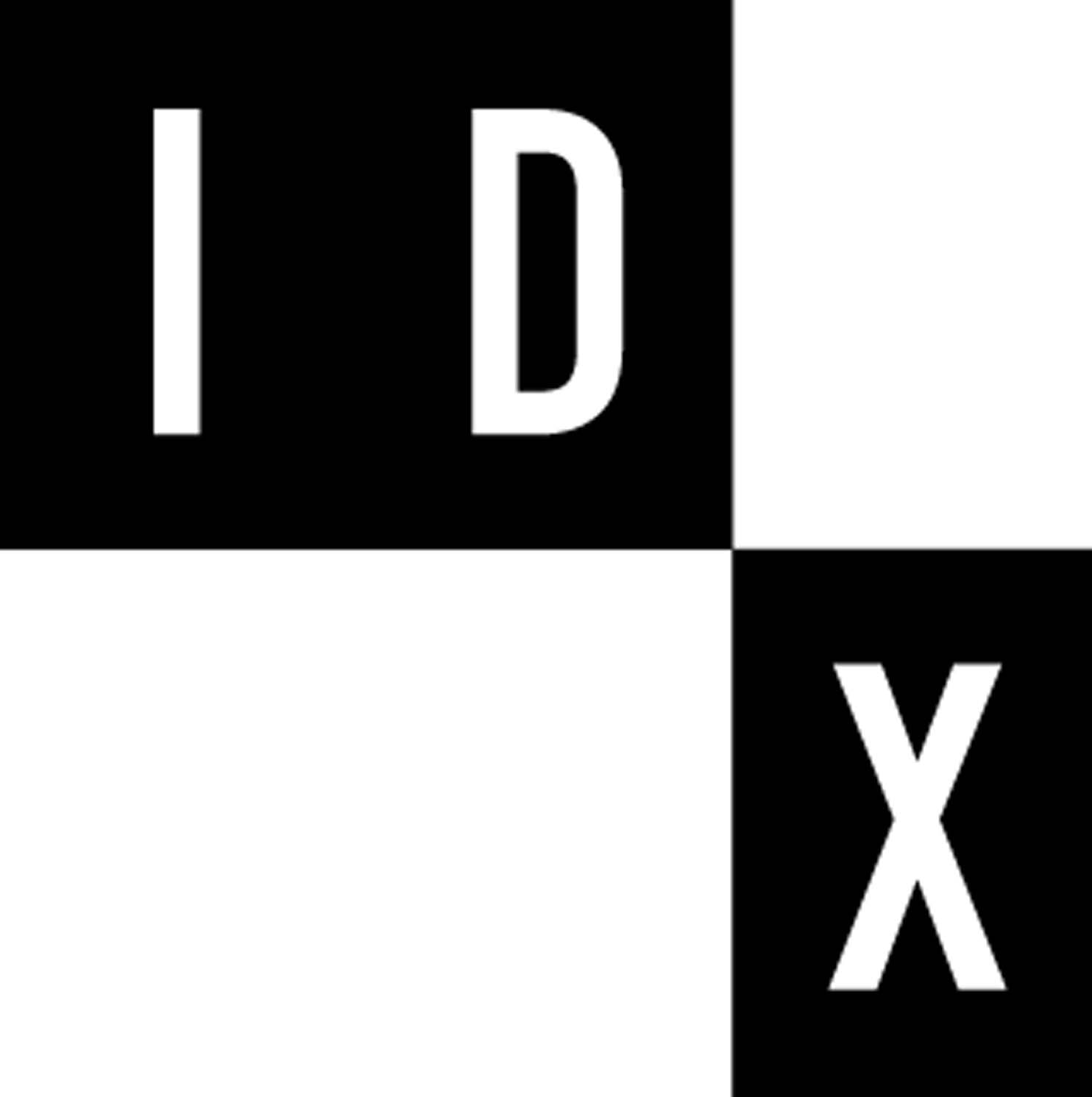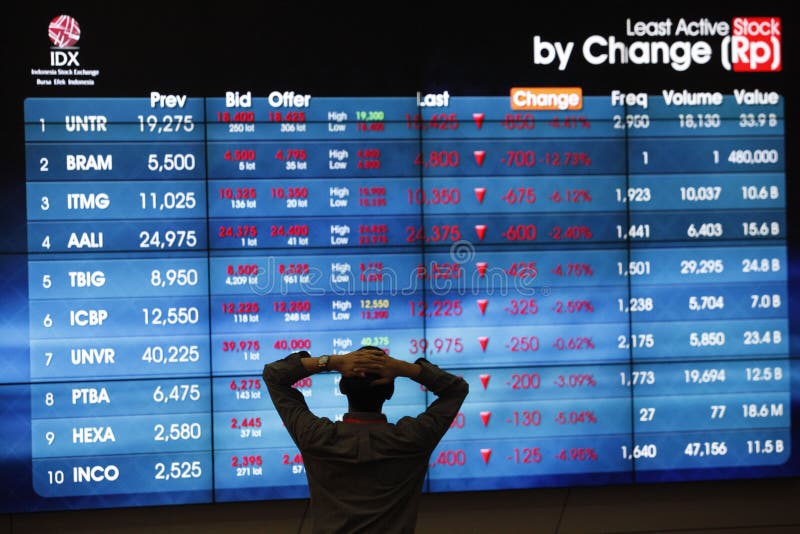Getting The IDX/MLS by IDX Broker ™ - Multiple Listing Service Search To Work
Rumored Buzz on IDX Tools and Widgets - HAR.com

Constructed with merged digital identities, Utilizing IDX, all applications can access a shared, globally-available identity layer that contains merged users identities. Check For Updates on permissionless procedures, IDX allows users and their crucial info to perfectly flow and interoperate across platforms, while offering users the ownership and control they demand.


A unified digital footprint! The core of each identity includes a decentralized identifier (DID) which acts as a globally-unique ID and an identity index which keeps an eye on an identity's details. IDX enables designers to deploy identities as well as produce, check out, update, and delete a range of metadata and info related to the identity, including but not restricted to: Multiple user profiles for various contexts or applications, Portable social charts, from followers to contacts and family, Links to multiple blockchain accounts from different protocols (Ethereum, Bitcoin, Polkadot, NEAR, Circulation, etc)Links to existing social accounts (Twitter, Github, Discord, Matrix, etc)Hyperlinks to domain (DNS, ENS, Unstoppable, Handshake, etc)All DIDs, identity indexes, and metadata are firmly stored on Ceramic's permissionless file management network.
Some Known Incorrect Statements About Digital Diagnostics - AI The Right Way
For example you could lookup a user's profile based upon their DID, their Ethereum account, or their Twitter manage; or you could lookup a user's Filecoin account based upon their Polkadot account. We are working with The Graph on indexing these identity structures which will open lots of new chances in this world.
If you likewise require a way of keeping and managing user information, you have three main alternatives. Utilize the IDX library to straight keep documents on the Ceramic Network and add recommendations to those files in the user's index. For this choice, no extra software is needed; it works out of package with IDX.Store data in alternative information storage systems such as Filecoin, IPFS, Sia, Arweave, Fabric, Orbit, DB, Secure Data Stores, or Ethereum agreements and utilize IDX to add recommendations to this information in your user's index.
The Best Strategy To Use For Indonesia Stock Exchange (IDX) .ID - Investopedia
This holds true regardless of where the data resides (servers or decentralized networks) or which application initially produced the information. The identity index consists of mappings to numerous data sources, Share information across applications and silos, As explained above, the key element of IDX that de-silos details, promotes interoperability, and allows user control is the identity index.
UNDER MAINTENANCE